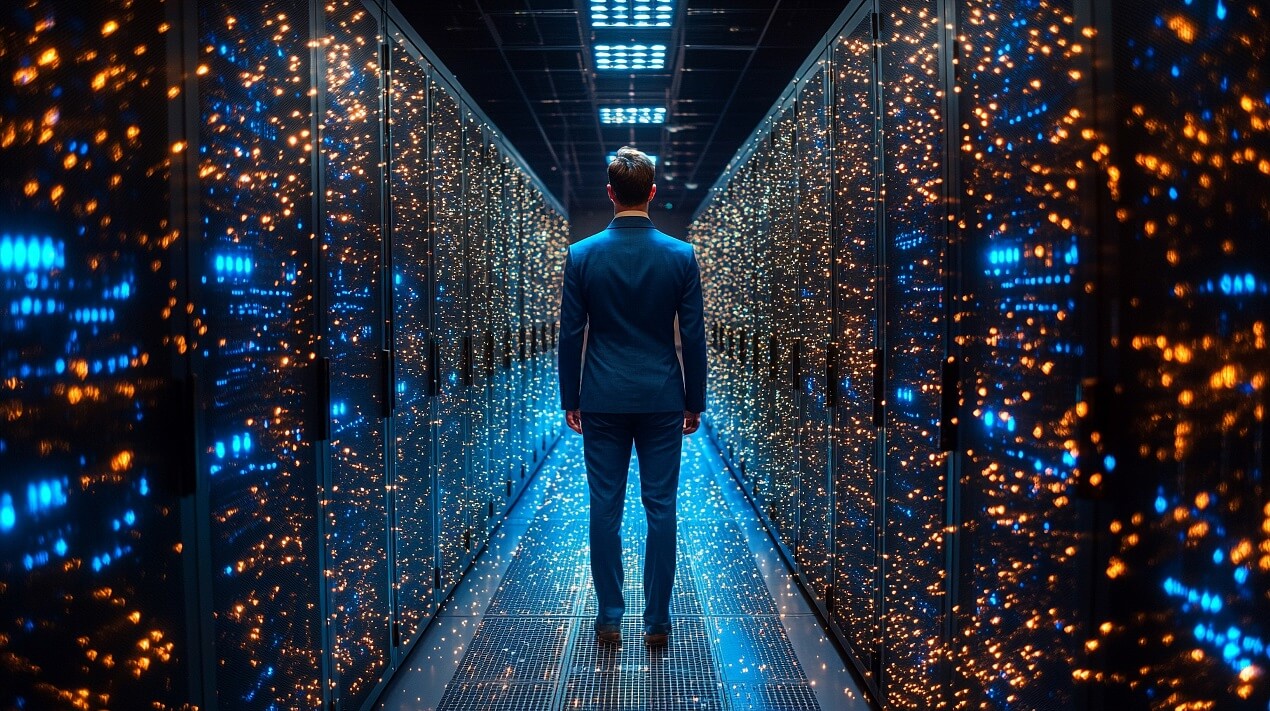Meta is completely overhauling its technological infrastructure to support the next wave of artificial intelligence. According to Mark Zuckerberg himself, the company has begun building massive computing clusters capable of handling training and inference workloads on an unprecedented scale. Notably, the ambitious project called Hyperion aims to reach a power consumption of 5 gigawatts (GW), positioning it as one of the largest data centers globally, comparable in size to a large part of Manhattan.
Data centers in tents: speed over tradition
Meta is taking a disruptive approach in constructing its new data centers, drawing inspiration from strategies like Elon Musk’s xAI. Instead of traditional structures, they are opting for “tented” data centers—constructed under tent-like structures—which enable ultra-fast, low-cost building and do away with common redundancies such as backup diesel generators.
According to a SemiAnalysis report, these centers will utilize prefabricated modules for power and cooling, significantly reducing deployment times. Additionally, each site will feature own substations, smart load management systems, and even on-site natural gas power plants. For example, in Ohio, Meta is already building two 200 MW plants.
Meta’s plan: becoming the backbone of AI
While Meta’s Llama language models haven’t yet generated global buzz like OpenAI or Anthropic, the company seems to have another card up its sleeve: becoming the leading provider of computational capacity for the AI industry.
Zuckerberg stated plainly: “Meta Superintelligence Labs will have the highest levels of computation per researcher in the industry.” This strategy might resemble those of companies like Amazon or Groq: if you’re not leading with models, then lead with the infrastructure that trains them.
Prometheus and Hyperion: titanic clusters
The first gigawatt-scale data center, dubbed Prometheus, is set to be operational by 2026. But the star of the show is Hyperion, a cluster that could take several years to reach full scale, with energy consumption soaring up to 5,000 megawatts. To put that into perspective, that’s equivalent to the energy use of more than 4 million European homes or 80% of Madrid’s energy demand in an average day.
And it won’t be the only one: Meta is already working on multiple similar long-term projects, all designed from the start to operate under intensive AI loads, requiring radical optimizations in cooling, electrical distribution, and processing density.
Profitability? Not yet, but the race has started
Just like NVIDIA, which is channeling over $500 billion into AI data centers worldwide, Meta is joining this race without looking back—even if a profitable business model in this field hasn’t yet emerged.
The clear vision: those who control the infrastructure will control the future of artificial intelligence. And Meta appears determined not to fall behind.
The big question is whether this unprecedented deployment will position it as a powerhouse in the AI era or if, as in previous instances, moving too far ahead will backfire. For now, it’s clear that the company has declared war on time… and is building its weapons under tarps.
via: tomshardware

